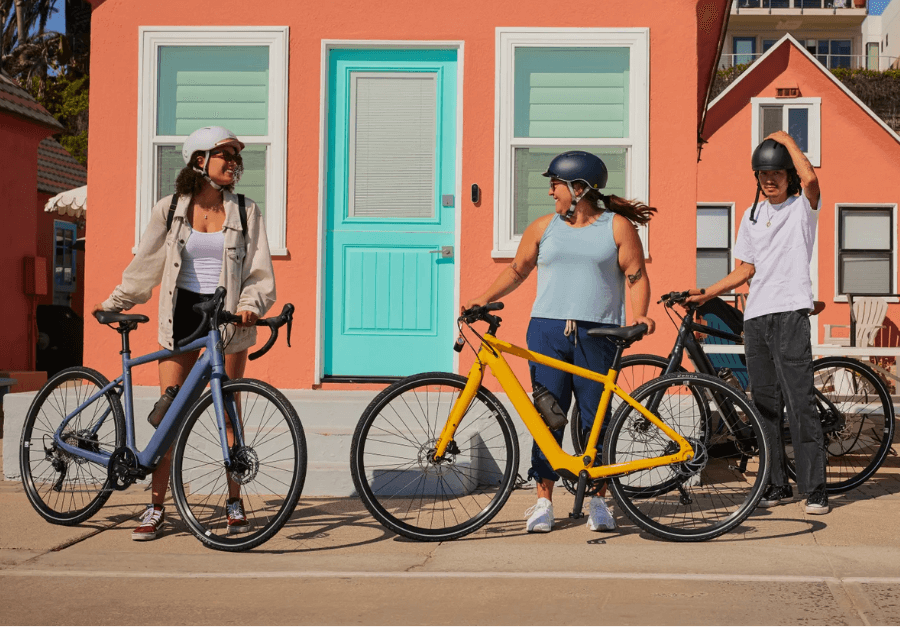How Transportation Demand Managers Can Advocate for E-Bike Subsidies [Corporate Partner Article]
Article from Ridepanda, 2025 Champion-level ACT Corporate Partner

Transportation Demand Managers (TDMs) are on the front lines of building smarter, more sustainable commuting options. As e-bikes and scooters gain momentum, getting leadership buy-in to subsidize these options is becoming a game-changer.
Making the Business Case for E-Bike Subsidies
When you’re advocating for budget, you need to clearly link e-bikes to your organization’s top priorities. Luckily, they check more boxes than most people realize.
1. Align with Strategic Priorities
Most leadership teams are probably already thinking about:
- Sustainability goals (Net Zero, Scope 3 emissions, ESG commitments)
- Employee well-being and retention
- Improving commute conditions and options for employees
- Return-to-office (RTO) initiatives
E-bike programs support all of these. They reduce carbon emissions, give employees more autonomy and flexibility, and offer an inclusive alternative to parking subsidies, particularly for workers who don’t own a car or live near a transit hub. For companies investing heavily in RTO, they also provide a practical incentive that makes commuting more attractive.
2. Show How Cost-Effective Micromobility Can Be Compared to Traditional Commute Benefits
Here are some cost-related facts that you will strengthen your case:
- E-bike subsidies are often a fraction of the cost of a monthly parking space or shuttle program. Companies could spend $600–$1,200 annually per participant (if your subsidy amount is $50-$100 per employee, per month), to subsidize an e-bike or scooter.
-
In comparison, companies could spend $1,800-$3,600 per year, per employee, for parking. And you’re looking at even more per year in higher cost of living cities like New York and San Francisco.
-
If you are considering adding a new parking spot at an office location, it now costs an average of $28,000 to build one parking spot.
3. Make It an Equity and Access Win
Many TDM programs still rely heavily on car-based benefits, like subsidized parking or carpooling, which can leave out lower-income workers, shift workers, or those in urban settings who don’t drive. Subsidized e-bike programs can bridge this gap and make commuting benefits more inclusive.
Tip: Highlight this angle when presenting to DEI or HR leaders, especially if your organization has made public commitments to equity in employee experience.
4. Build on Proven Models

Micromobility isn’t new, but organizational support for it is accelerating. Major employers like Google, Microsoft, and Salesforce have all piloted or launched programs to support e-bike commuting. Cities and transit agencies are integrating e-bike rebates into broader TDM strategies. Use these examples to show that you're not proposing something experimental, you’re following a trend that’s gaining traction across sectors.
Here are some great data points to share with leadership to show the impact an e-bike program could have:
-
Over 34% of riders with Ridepanda have replaced an average of 2 car trips per day
-
50% of riders feel their company is innovative and offers top benefits
-
Ridepanda has twice as many female riders than the average bike shop
Tip: Research whether your city or state offers e-bike tax incentives or rebate programs, and include those in your proposal to reduce costs or double the impact of your subsidy.
Now that you’ve gathered information on how to get buy-in for your e-bike subsidies, learn more about expected adoption rates, recommended metrics to measure, and signs of a successful program in the full article here.
